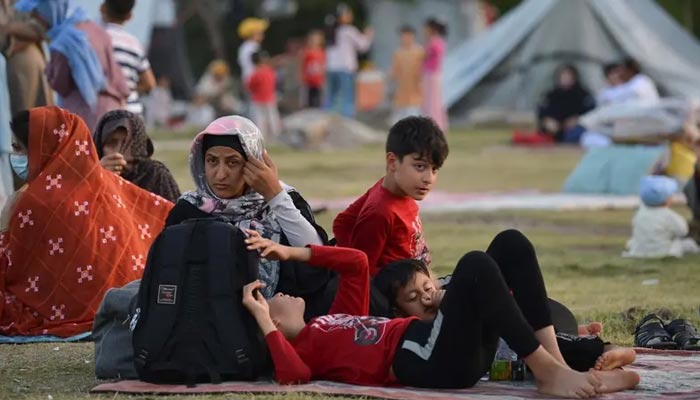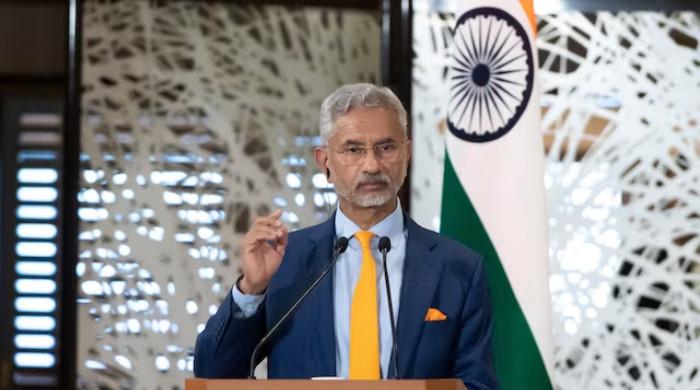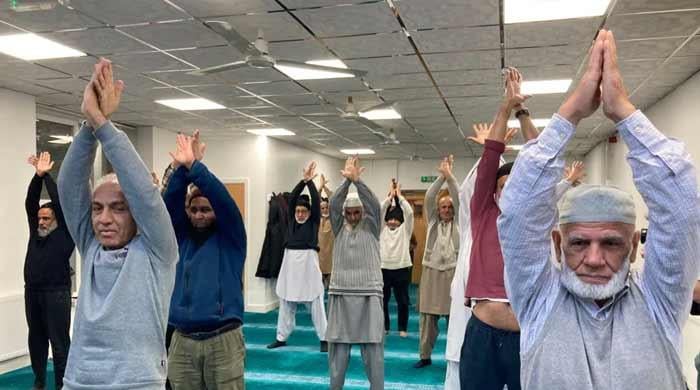Asylum-seekers gain more empathy when people see them crying: study
People are more likely to feel empathy towards newcomers when they see emotional impact
August 03, 2022

- Researchers conduct three experiments with 546 participants.
- People are more likely to feel empathy towards newcomers when they see emotional impact.
- People are more willing to offer emotional and financial support to crying immigrants.
Researchers found that immigrants, refugees and asylum seekers gain more attention and support when people see the emotional impact of their journey.
A team of researchers from the UPV/EHU’s Culture, Cognition and Emotion (CCE) in Spain revealed that images of newcomers crying cause people to feel more empathy.
“People often want to help those who are crying. But are members of the host society more willing to help immigrants when they see these tearful images?” asks Magdalena Bobowik, a member of the CCE group during the study, in a press release.
The researchers conducted three experiments with 546 participants. They compared immigrants without tears with tearful immigrants and found that people were more willing to offer emotional and financial support, such as by donating to an NGO, to the crying immigrants.
“We have shown that tears are a universal bonding signal that conveys warmth, arouses compassion (but also anger) and increases intentions to offer emotional consolation and instrumental help to an immigrant in need through monetary donations,” explained Nekane Basabe, professor of Social Psychology at the UPV/EHU. “Images of immigrants shedding tears trigger similar responses towards those of members of one's own group."
The findings are published in the journal "Emotion".
This study was in collaboration with the University of Utrecht (Netherlands), Jagiellonian University (Poland) and the New School of Social Research (USA).









